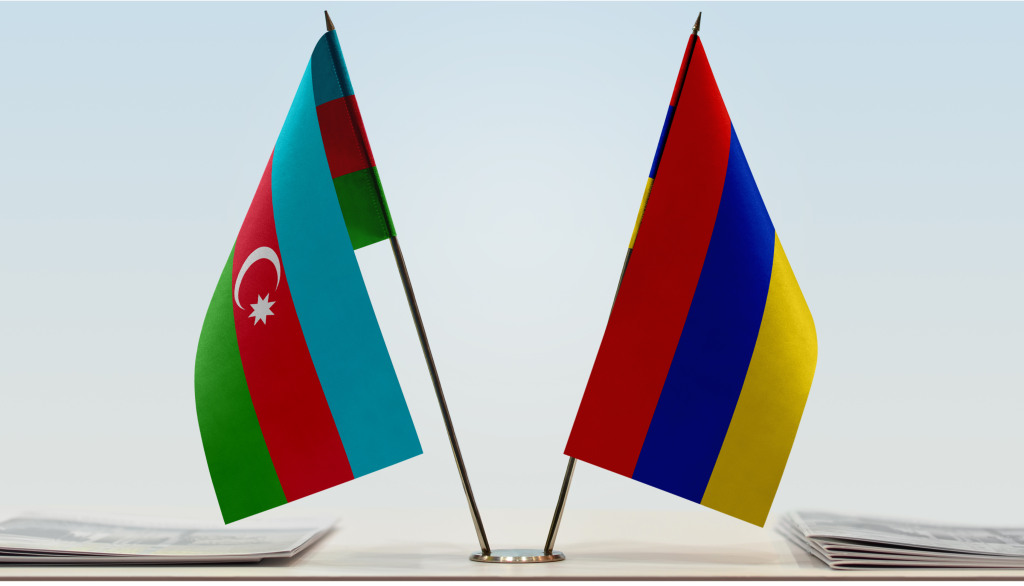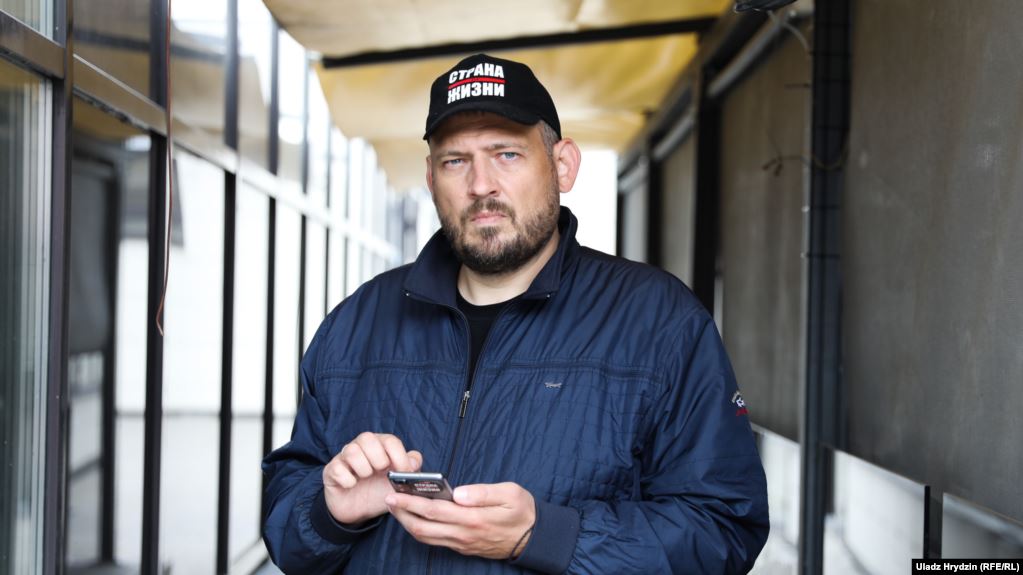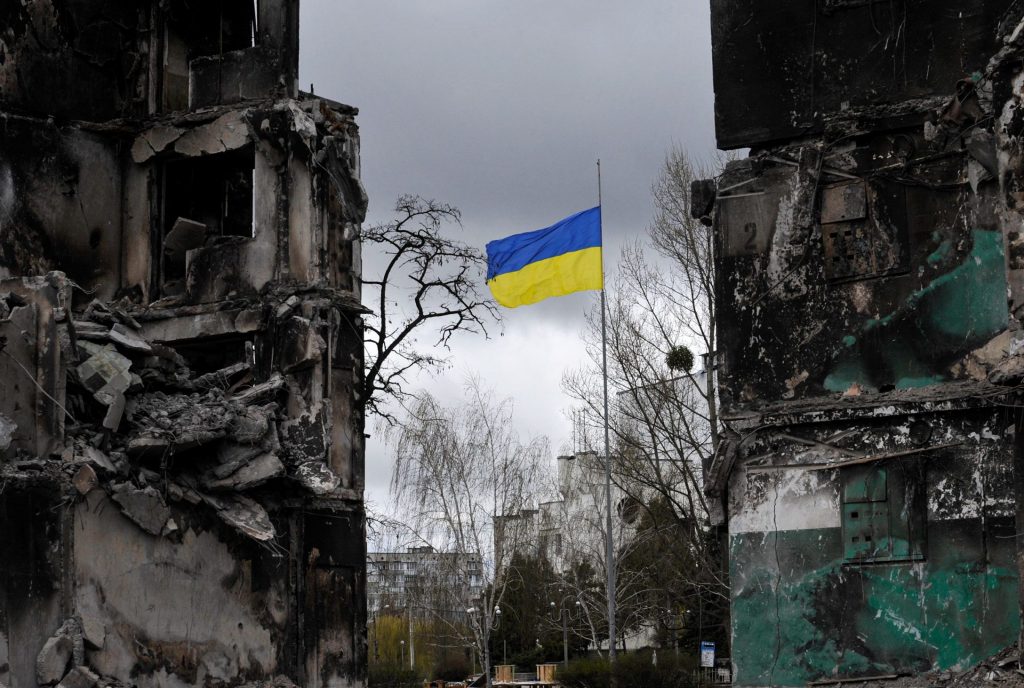Ukraine is fighting not only for its own survival, but for freedom and security around the world. Western leaders seeking to end Vladimir Putin’s genocidal war should note that any deal legitimizing territorial gains by force in Ukraine will extinguish any hopes for freedom in Russia and Belarus and will endanger other countries in the region, many of them fledgling democracies vulnerable to incursion. Meanwhile, authoritarians around the world will conclude that they can pursue their imperial fantasies unchecked, threatening U.S. interests and increasing the chances of a wider war.
This hearing will examine the regional and global consequences of allowing Russia to claim victory in Ukraine. Witnesses will focus on Moldova, Armenia, Georgia, and Belarus as countries where the effects of a Russian win will be immediate and could be existential. Witnesses will further discuss risks to the U.S.-led international order and the cost of countering a battle-hardened, emboldened Russian force on NATO’s border.








